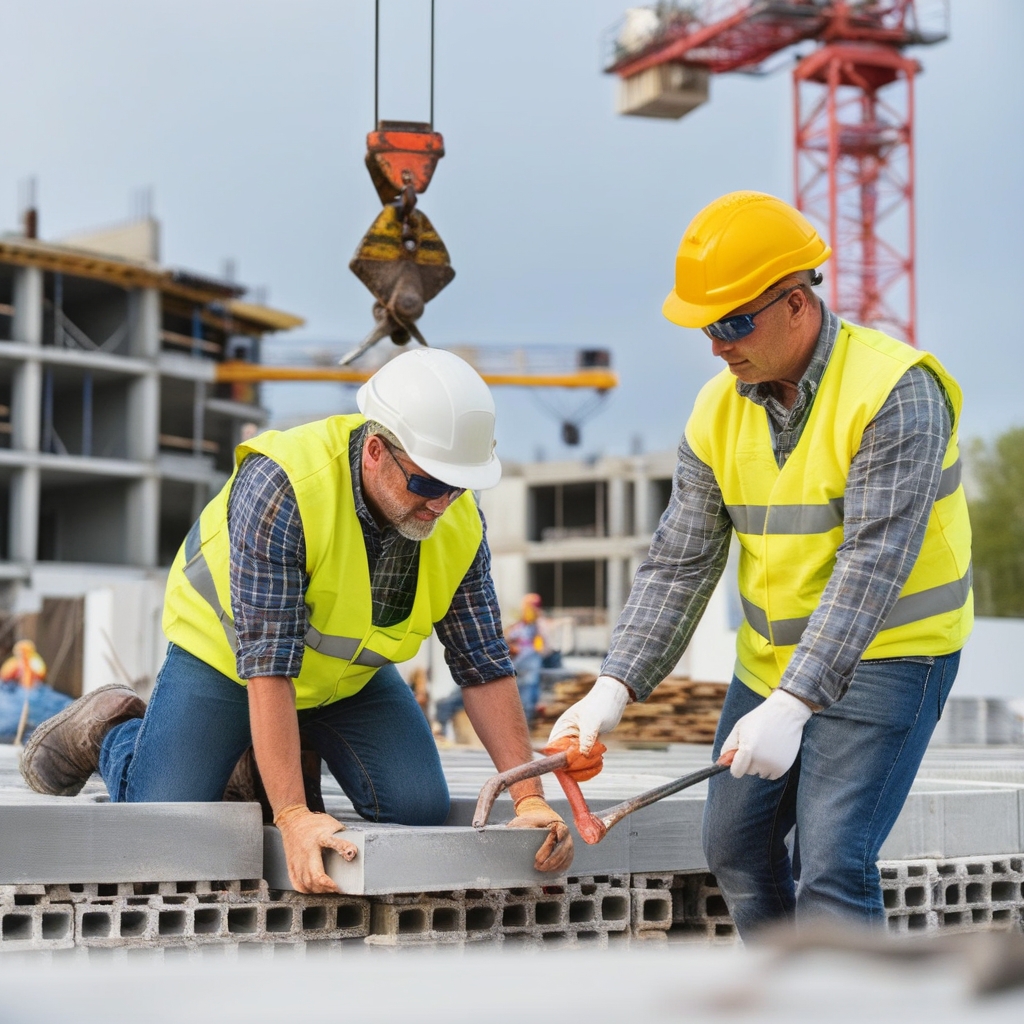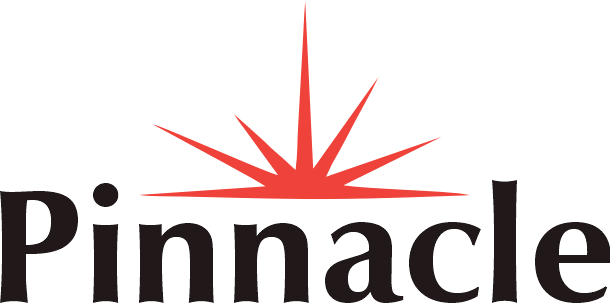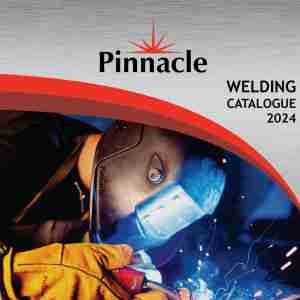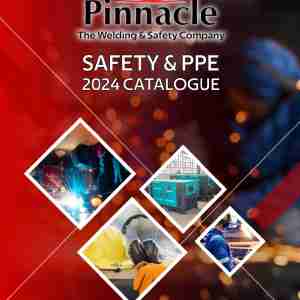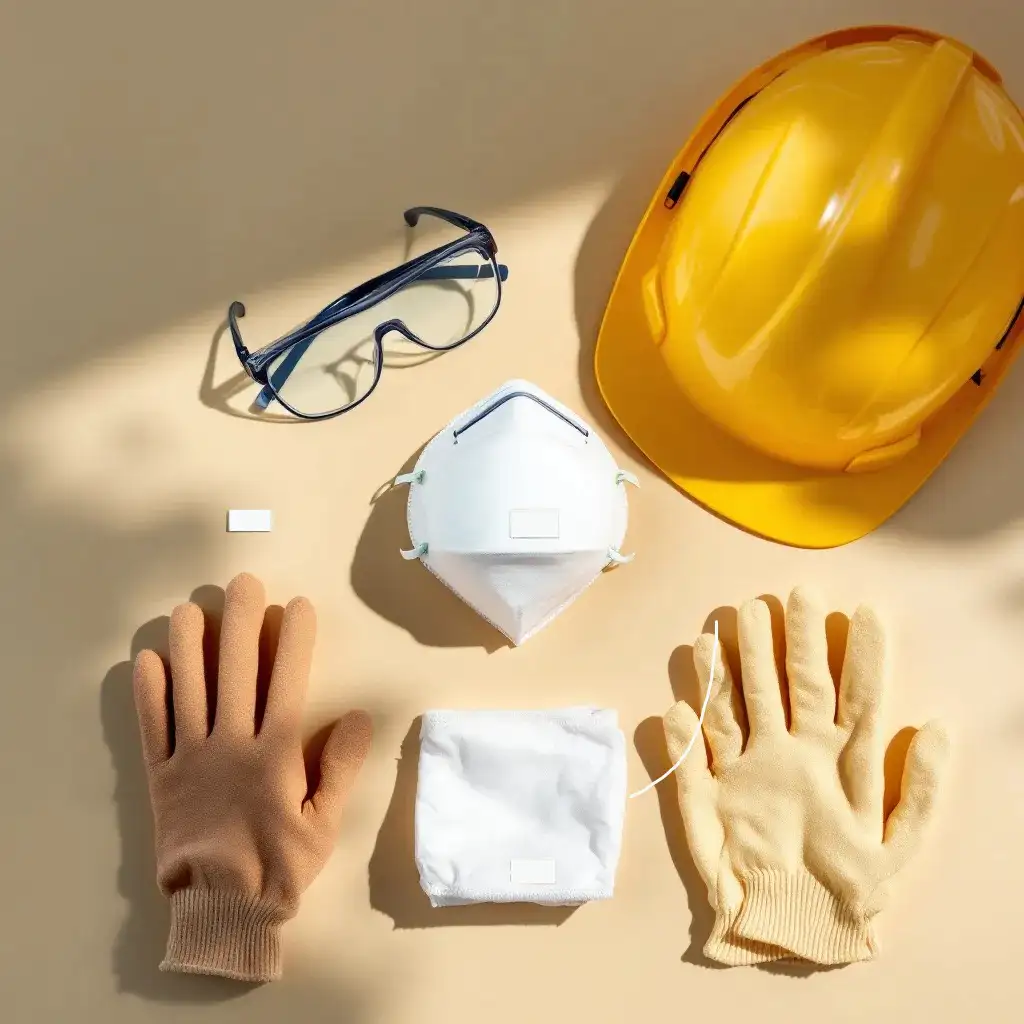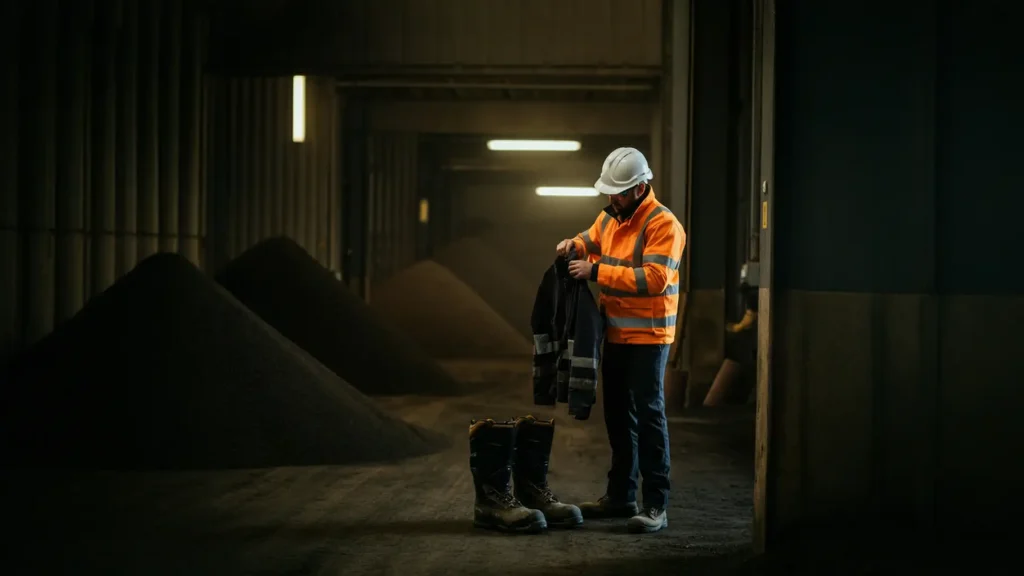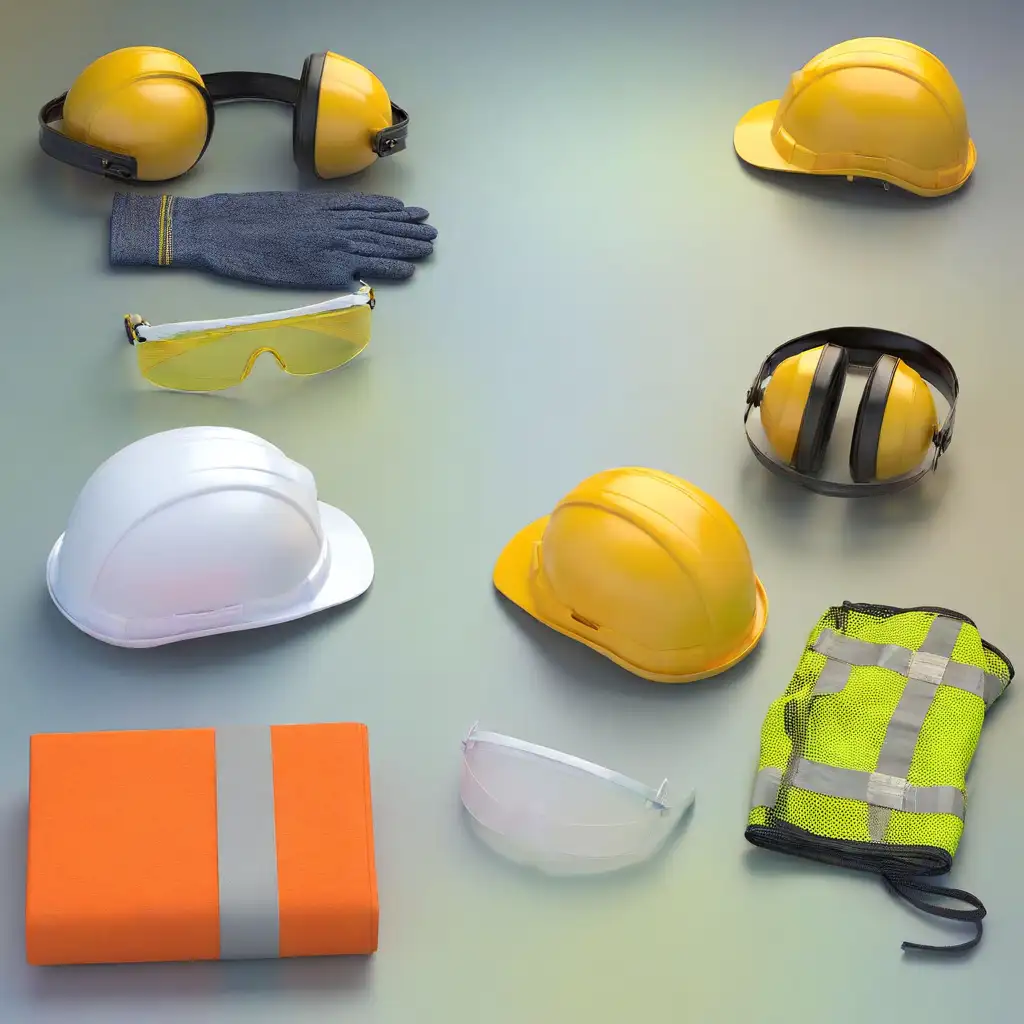Selection and Proper Use of PPE
Assessing Workplace Hazards
The first step is understanding what dangers exist. Conduct risk assessments to identify hazards like falling objects, chemicals, or loud noises. For example, in a factory, you may need ear protection, while in a chemical plant, masks and gloves are necessary. Knowing exactly what risks are present helps you choose the right PPE.
Choosing the Right PPE Equipment
Picking PPE isn’t just about safety—it’s about comfort and fit. Ill-fitting gear can be uncomfortable and less effective. Consider:
- Fit and size
- Material durability
- Comfort for long wear
- Compatibility with other gear
- Industry standards and certifications Employees need PPE that they don’t mind wearing and that works well.
Training and Proper Usage
Workers must know how to put on and take off PPE correctly. Proper training prevents mistakes that can reduce protection. For example, improperly fitted masks may not filter out pollutants. Reinforce safety rules regularly, and explain why PPE is essential. Ongoing training keeps safety front and center.
Maintenance, Inspection, and Storage of PPE
Routine Inspection and Replacement
Set regular schedules to check PPE for damage or wear. Replace gear if it’s cracked, torn, or expired. For example, a helmet with a crack can’t protect your head properly. Keep a log of inspections to track the lifespan of PPE.
Proper Cleaning and Sanitization
Clean PPE after each use, especially in healthcare or food industries. Use proper disinfectants and follow cleaning instructions. Clean gear stays effective and reduces infection risks. Dirty or contaminated PPE can do more harm than good.
Storage Solutions to Enhance Longevity
Store PPE in clean, dry places away from sunlight and chemicals. Use labeled bins or shelves to keep gear organized. Proper storage prevents damage and contamination, extending the life of PPE and maintaining its effectiveness.
Trends and Innovations in PPE
Emerging Technologies and Materials
New materials make PPE lighter and more comfortable. Some include sensors to monitor vital signs or send alerts if hazards are detected. These innovations improve safety without sacrificing comfort.
Sustainable and Eco-friendly PPE
More companies are turning to biodegradable or recyclable PPE options. Using eco-friendly materials helps protect the environment and gives your business a green edge. Reusable gear also cuts costs and waste.
Future Outlook and Industry Standards
Expect PPE to become smarter, more comfortable, and environmentally friendly. Regulatory agencies will continue updating safety standards, so staying informed is essential. Embracing new technology can keep safety practices ahead of the curve.
Conclusion
PPE is vital in keeping workers safe, reducing legal risks, and improving productivity. Proper selection, training, and maintenance are key to maximizing its benefits. Every organization should prioritize safety gear and foster a safety-first mindset. Investment in PPE today means fewer injuries tomorrow—and that benefits everyone involved. Continuously adopting new innovations and standards will keep workplaces safer and healthier for years to come.
